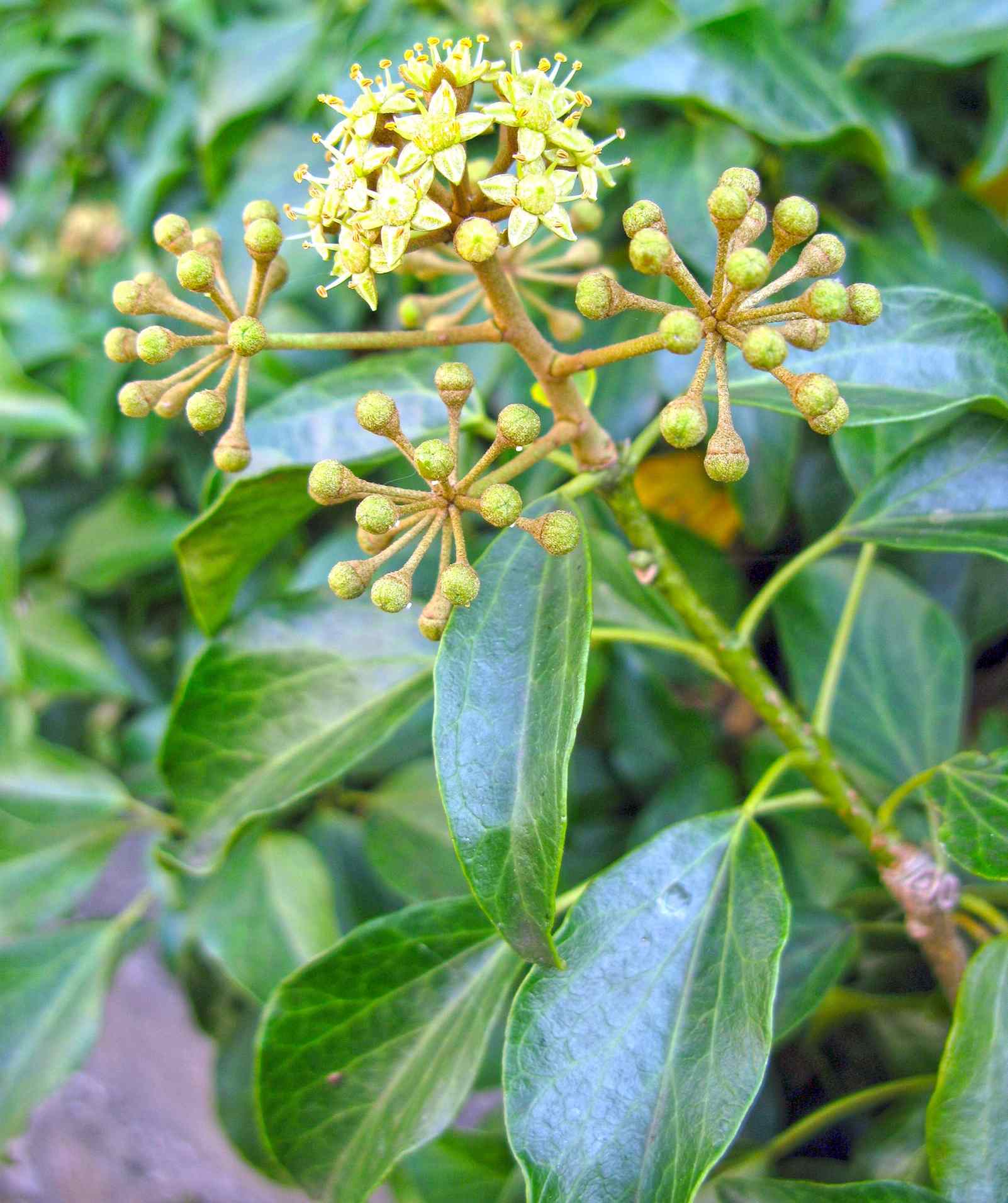Japanese Ivy (Hedera Rhombea): The Winter Ivy
It's different from other ivy plants because it keeps its leaves even in the winter, which is why it's called "winter ivy."

It's different from other ivy plants because it keeps its leaves even in the winter, which is why it's called "winter ivy."

